
OR
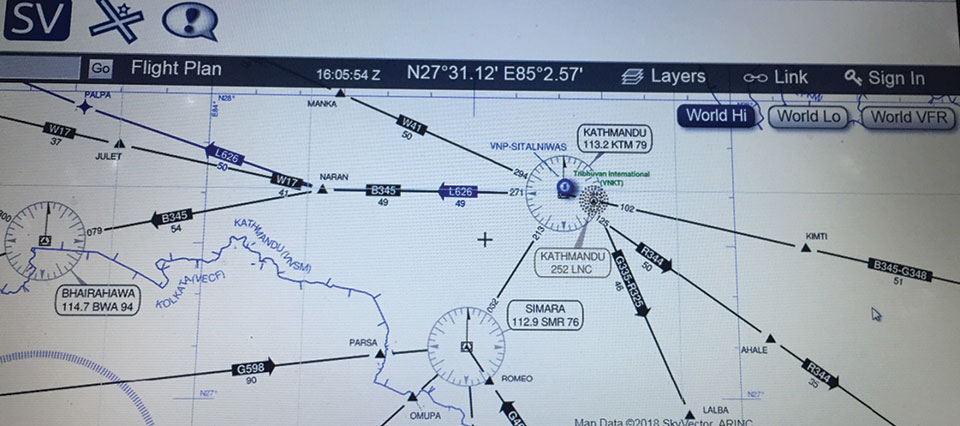
Nepal’s next pursuit should be Himalaya-2. For this, China has to open up new airways and India should be more accommodating
Following is an interesting extract from a June 6 news story: “The Indian government has approved three new “bidirectional” cross-border air routes at Janakpur, Bhairahawa and Nepalgunj points. The air routes are envisaged to serve the proposed Second International Airport (SIA) and regional international airports in Bhairahawa and Pokhara. Indian ambassador to Nepal informed a Nepali tourism entrepreneurs’ gathering in Kathmandu about the approval of the new routes. The development will be informed to the Nepal government by a formal letter in the coming days, he said, adding the shorter route would facilitate flight from Pokhara to Indian cities.”
There is no point in being excited as the letter never came and this is a 2015 story, not 2018. It took three years in getting the technical level meeting reconvened between airport authorities of two countries—Civil Aviation Authority of Nepal (CAAN) and Airport Authority of India (AAI). Even with technical jama, the 2018 agreement would still not have been possible without political prodding. It just shows how our legitimate needs can be relegated or pulled up as the other side sees it fit. The 2018 one, I dare say, seems to be more regressive than 2015 pronouncements. It was, in all likelihood, based on understanding at the highest level between leaders of two countries, but sabotaged by bureaucrats, as always.
The only positive aspect of the new accord is it allows low altitude flights operate between Tarai towns and cities in India. This is symbolically significant but it still amounts to a small bit of the bigger whole. This is set to come into force only after the successful completion of the en route safety assessment, a mandatory provision. It will possibly be a year before it becomes operational.
Positive India
A retired official with long experience in the field views India being apparently more positive this time, even though rigidity still remains as an obstacle. He says it morally binds India to consider Nepal’s requirement and India will not be able to prevent air access from western Nepal in the excuse of safety assessment or any other reason. Moreover, this is also SASEC (South Asia Sub regional Economic Cooperation) obligation which seeks to strengthen multimodal cross-border transport networks, he argues.
Our interests rest in pushing for entry through airways that run in one direction (exit only) currently. These include L626 (Mahendranagar/MNG), B345 (Bhairahawa/BHW), G335/R325 (Janakpur/JKP) and R344 (Biratnagar/BRT) airways. Nepal had also asked Nepalgunj (NGJ) to be accorded similar entry/exit status. While India was seen more conciliatory regarding airways passing through BRT and JKP, it was not as forthcoming in cases of MNG, BHW and NGJ. But India is on record this time to have agreed to carry out detailed technical evaluation of the three routes by this September. This is positive compared to usual instance of giving only in bits and pieces. It took seven long years for India to allow us L626 (Mahendranagar). It remains to be seen if the emerging change of attitude, on the Indian side, is for real.
But we have our weaknesses too. We are often seen lacking in thorough preparedness to face such forums. We must improve a lot on those aspects.
Beneficial for both
Being able to fly length wise across the country helps aircrafts to plan their ascent and descent more judiciously and without having to deal with more than one ACC (area controller). There is no reason in cluttering Indian airspace if aircrafts can fly longer over Nepal. It is obvious that lesser number of Nepal origin/destination flights in its airspace is good for India too. If a part of flights heading to the far-east Asia from the Middle-East and surrounding region could be channelled over Nepali airspace to Tibet and China, it will help reduce not just travel time but also congestion in airways. Reduced travel time generally results in shorter distance, less fuel burn and thereby smaller carbon footprint.
As regards en route airways safety assessment, it enables prompt identification of the sources of possible operational risks and ways to mitigate them. There are four headings under which this is done. It is natural to prepare for worst case scenario in such eventualities.
First relates to identifying route sections with a minimum safe altitude which would preclude an emergency descent to 10,000ft. Second one probes if operations outside “controlled airspace” will be involved and reviews the implications, if so. Reviewing balance of expected ATC service between procedural and radar control is considered under third. Procedural control is a method of providing air traffic control services without the use of radar-like area in western Nepal beyond Dang. The fourth involves reviewing risks of military activity in the general vicinity of transit airspace which might be prejudicial to the safety of operations. It is the fourth one that will be of greatest significance for airways linking Nepalgunj.
Nepal has been pushing for recognition of Trans Himalaya-2 airway that shortens the distance to the far-east but without much success. Coming from the west it passes through Nepal’s entire length linking Guwahati, Silchar and onward to Myanmar, Kunming and beyond to the east. Not just China but even Myanmar does not have airways through the planned alignment. It should be our mission to pursue Himalaya-2 next as it will be good for general aviation. And for this to happen, China has to open up new airways, Nepal has to have better airport and navigation facilities and India needs to be more accommodating. Any incremental improvement in the interim, even in bits and pieces, will still be more than welcome than unnecessarily flying longer routes.
harjyal@yahoo.com
You May Like This

Powerful pieces of art
Art has the power to bring about change and question the way we view things and what we consider to... Read More...
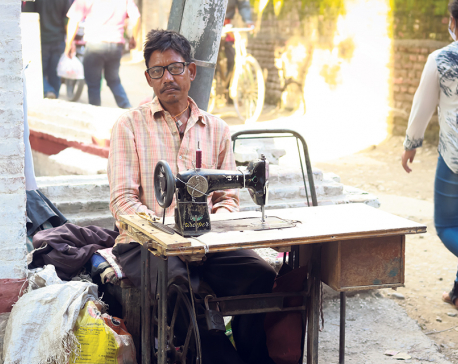
Stitching torn pieces together
Badri Pariyar is a 51 year old local tailor based in Bhotebahal, Kathmandu. Badri says he has been involved in... Read More...

Body cut into pieces to hide murder
BIRATNAGAR- The police have arrested three people involved in the murder of an operator of Oxford Hostel located in Tintoliya,... Read More...





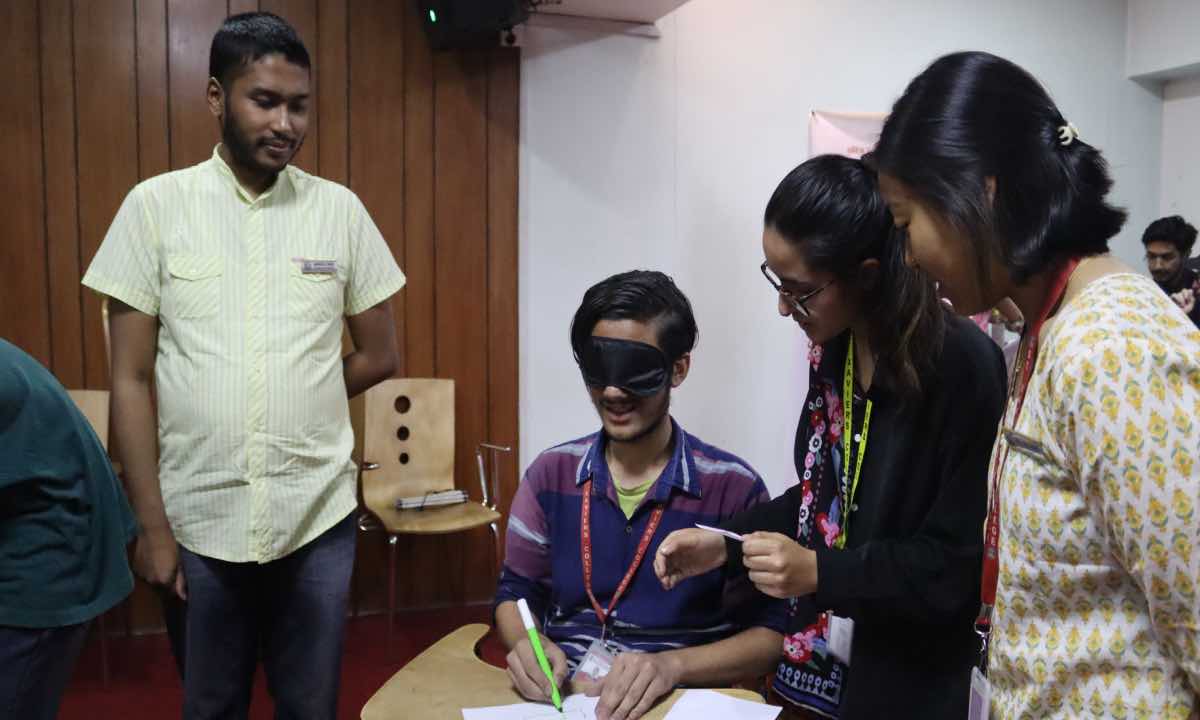

Just In
- Lungeli appointed as Minister for Labor and Transport in Madhesh province govt
- Bus knocks down a pilgrim to death in Chitwan
- One killed in tractor-hit
- Karnali Chief Minister Kandel to seek vote of confidence today
- Chain for Change organizes ‘Project Wings to Dreams’ orientation event for inclusive education
- Gold price decreases by Rs 200 per tola today
- National Development Council meeting underway
- Meeting of Industry, Commerce, Labor and Consumer Welfare Committee being held today









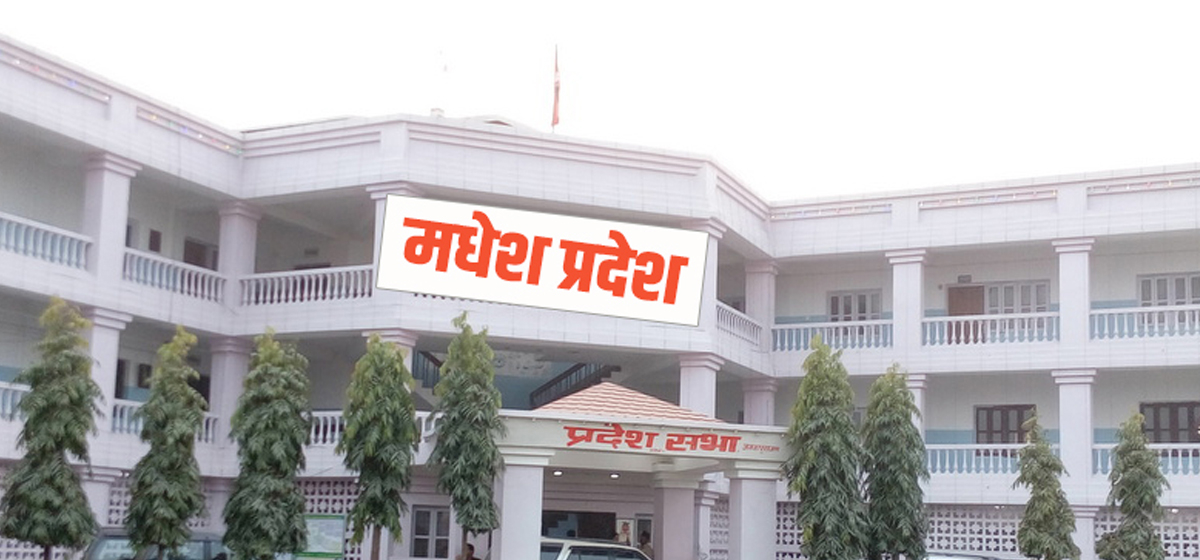

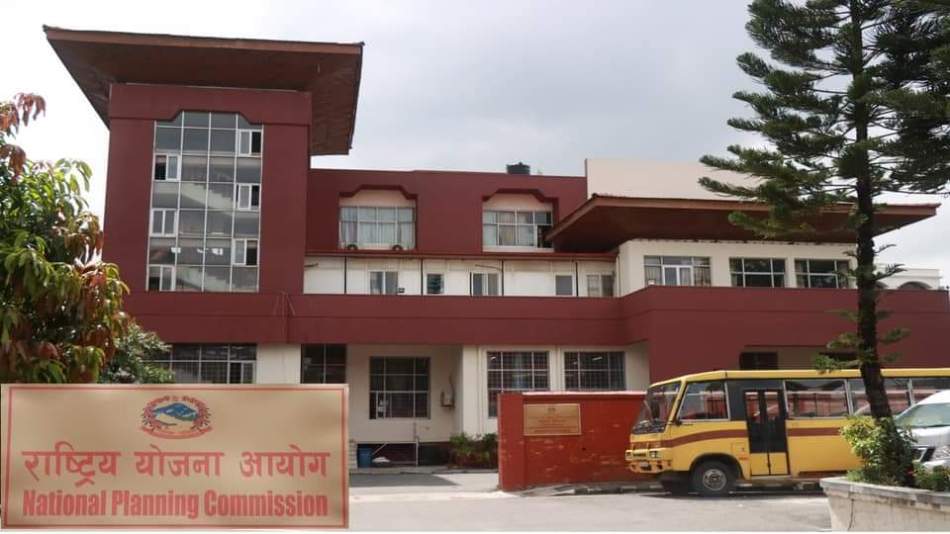
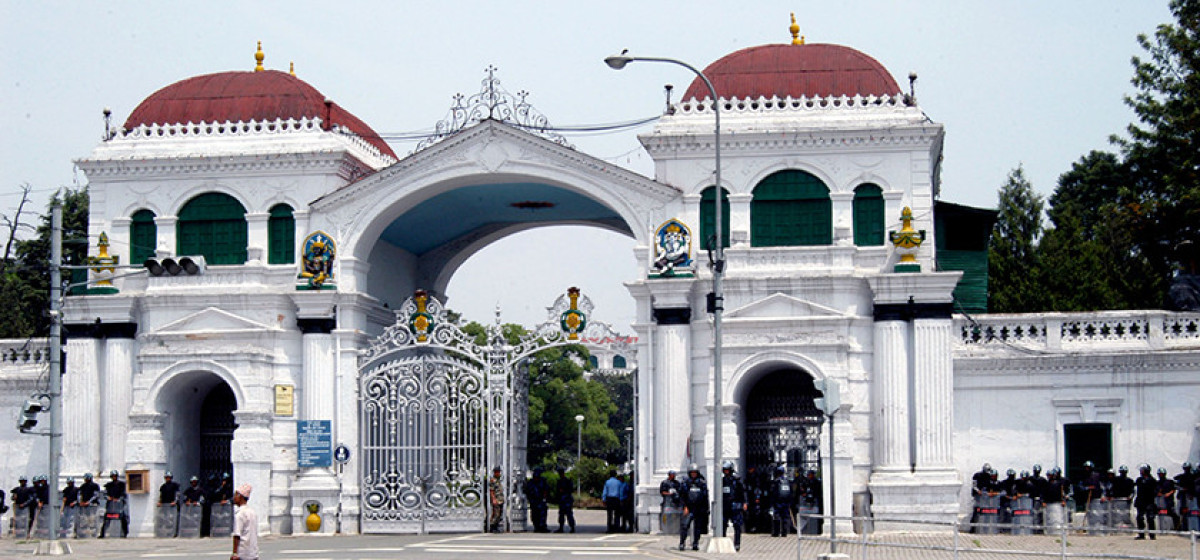
Leave A Comment